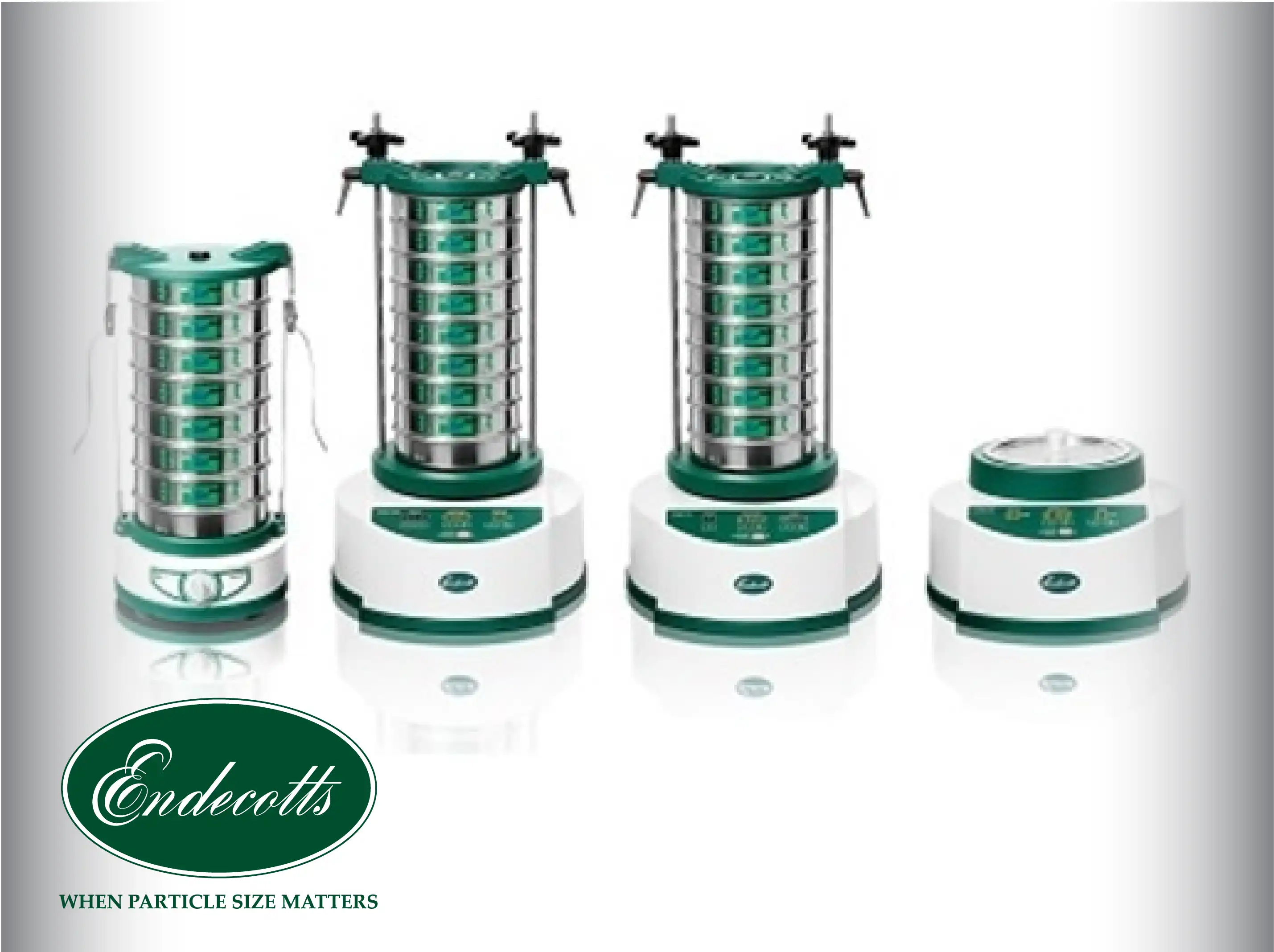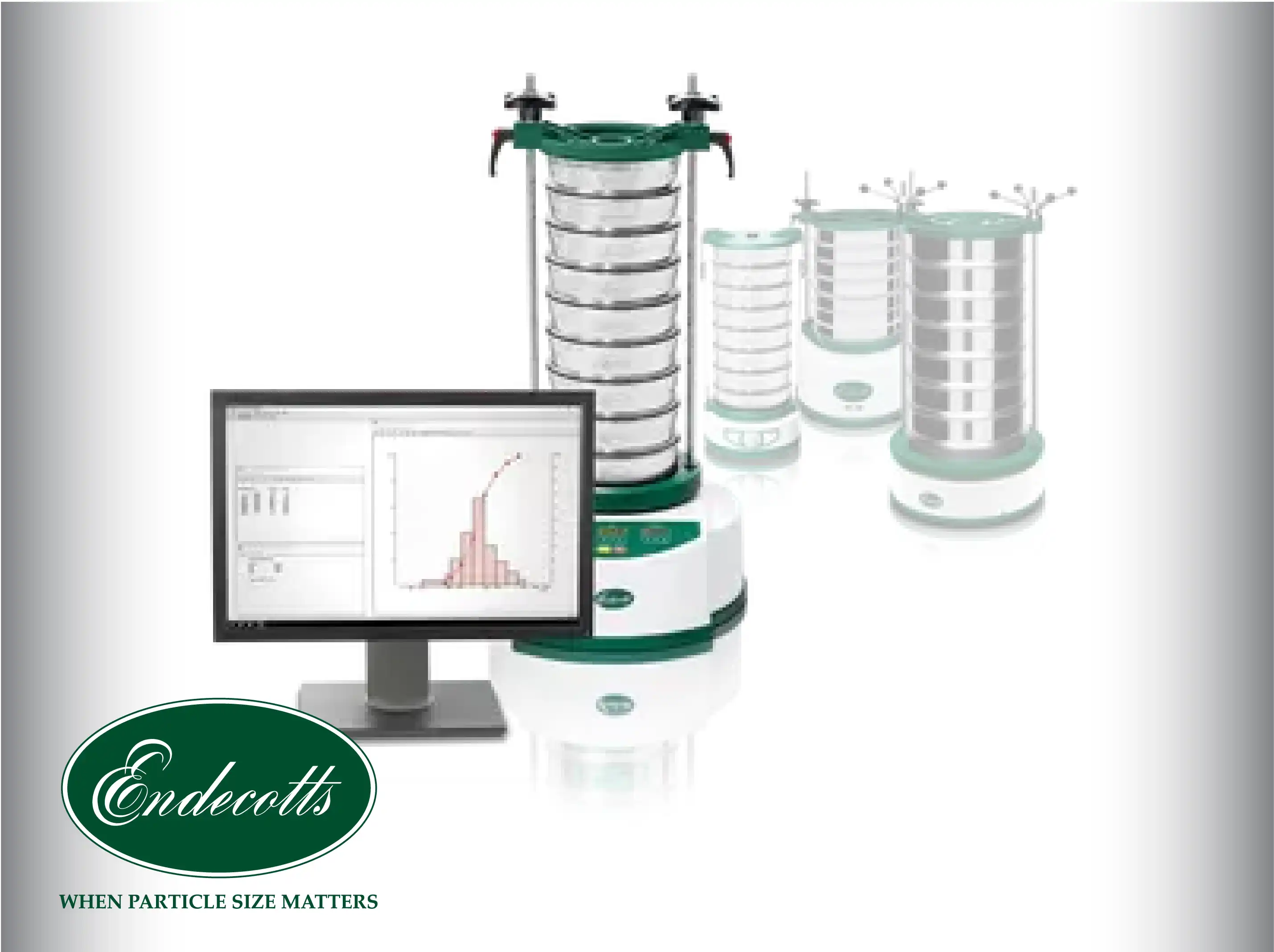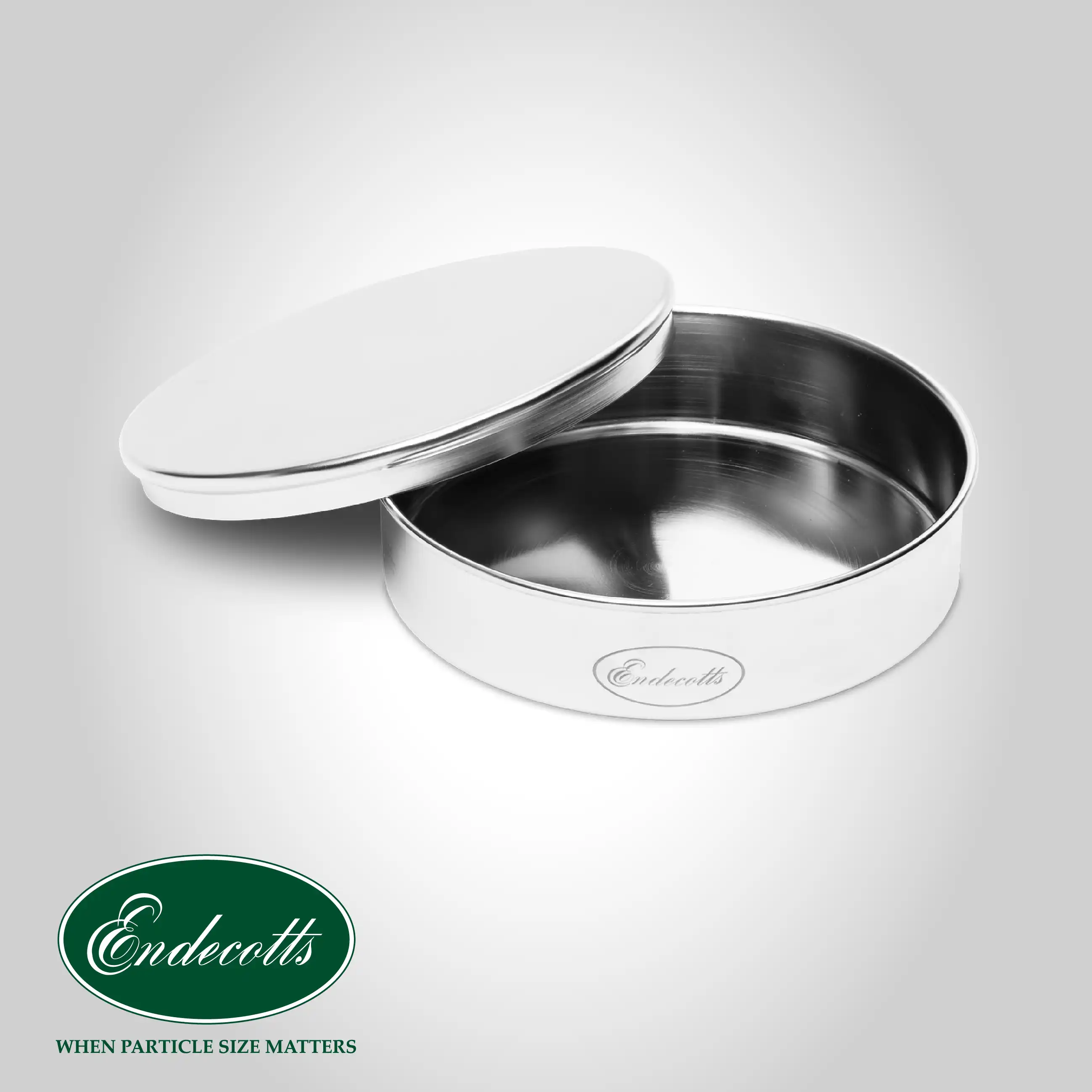.webp)
Home » Products » Testing Instruments » Sieving Machines and Test Sieves » Endecotts Sieving Machines
Endecotts Sieve Shaker
Electromagnetic Drive
Endecotts Sieving Machines
The efficacy of these sieving machines is rooted in their controlled motion characteristics, which often feature digital setting capabilities allowing for fine adjustment of amplitude in defined steps. Specific models incorporate a "Closed Loop" amplitude control system, a critical technical feature that actively monitors and maintains the oscillation intensity throughout the entire test run, mitigating variability caused by fluctuating sample load or electrical conditions. This sophisticated control minimizes the risk of inconsistent separation, ensuring the final analysis reflects the true particle distribution of the sample and thus providing high confidence in the derived data.
Beyond core performance, the product range is characterized by considerable versatility in accommodating various testing needs, supporting multiple sieve diameters ranging from 100 mm up to large-capacity systems of 450 mm. The portfolio includes fully electromagnetic three-dimensional shakers suitable for most materials, specialized air jet dispersion machines designed for materials prone to agglomeration, and fixed-amplitude units offering a cost-effective solution for routine testing. Furthermore, specialized software is available for advanced evaluation, facilitating comprehensive reporting and streamlining the analysis workflow from physical separation to data interpretation.
Inconsistent Separation and Data Variability.
Laboratories frequently struggle with data variability arising from non-uniform sieving action. Endecotts addresses this by implementing an advanced electromagnetic three-dimensional sieving motion. This specific kinematic profile ensures that particles are continuously dislodged, rotated, and presented to the sieve mesh in various orientations, minimizing material blinding and maximizing the probability of accurate separation across the entire effective area of the mesh. This systematic, comprehensive motion is a direct solution to the primary pain of unreliable particle fraction recovery.
Amplitude Drift Due to Sample Load Fluctuation.
A common issue is the degradation of sieving efficiency as the sample load shifts or compacts during testing, leading to unpredictable changes in oscillation amplitude. The 'Closed Loop' amplitude control system in advanced models solves this by utilizing sensors to constantly measure and adjust the sieving intensity. This automated, dynamic feedback mechanism maintains a digitally set amplitude (adjustable in fine steps), ensuring that the kinetic energy applied to the sample remains constant from the beginning to the end of the analysis cycle, eliminating test-to-test inconsistency.
Processing Difficult, Fine, or Agglomerating Materials.
Traditional vibratory sieving fails when testing materials below a certain micron size or those with high electrostatic charge, resulting in severe mesh blinding and incomplete separation. The specialized dispersion machines utilize an air jet principle for separation. By introducing a precisely controlled vacuum and a rotating slotted nozzle, this method disperses fine particles through the mesh using positive pressure and continuous air flow, making accurate analysis possible for materials down to 20 µm that would otherwise be impractical or impossible to analyze reliably.
Limited Flexibility and High Costs for Diverse Testing Needs.
Laboratories often require multiple machines to handle a wide spectrum of material types and batch sizes, resulting in high capital expenditure and space usage. The product line mitigates this by offering shakers with extensive sieve diameter compatibility, accommodating standard sizes like 100 mm and 200 mm, as well as significantly larger options up to 450 mm. This breadth of capability allows a single machine type to cover both small-scale research batches and large production-scale quality control tests, optimizing laboratory resources.
Complexity in Setting Up and Reproducing Test Parameters.
Manual, analog controls lead to human error and difficulty in reproducing precise test conditions. The shakers feature sophisticated digital controls for key parameters like amplitude (adjustable in defined steps) and timing. This digital interface allows operators to store and recall exact test protocols, providing a robust solution for validation and compliance requirements. The repeatable, quantifiable settings ensure that a test conducted today is identical to one conducted six months from now, a necessity for regulated environments.
Inefficient Data Handling and Result Documentation.
The manual transcription and calculation of sieving results are tedious, error-prone, and slow, representing a significant workflow bottleneck. To address this, dedicated sieve software is available for evaluation of the size analysis data. This software integrates with the sieving process, providing automated calculations, generation of particle size distribution curves, and comprehensive result documentation. This moves the laboratory beyond raw data collection to efficient, finalized reporting.
Lack of Suitability for Large Batch Sizes or Industrial Use.
While some laboratory shakers are restricted to small analytical sieves, the robust construction and high drive power of the larger models (supporting diameters up to 450 mm) enable them to handle significantly heavier sieve stacks and larger sample volumes. This extended operational capacity ensures that the equipment can be effectively deployed not just in central research laboratories, but also in quality assurance environments dealing with high throughput or bulk material testing.
Difficulty in Verifying Sieve Performance and Calibration.
Ensuring that the sieving motion itself is correctly calibrated and performing optimally is a persistent challenge for quality assurance personnel. The provision of digital amplitude setting and the integrated 'Closed Loop' control in certain models offer a clear, measurable, and verifiable performance metric. This feature provides auditors with tangible evidence of consistent machine function, reducing the administrative burden associated with compliance and performance validation.
Click here for more information about Endecotts range of products










